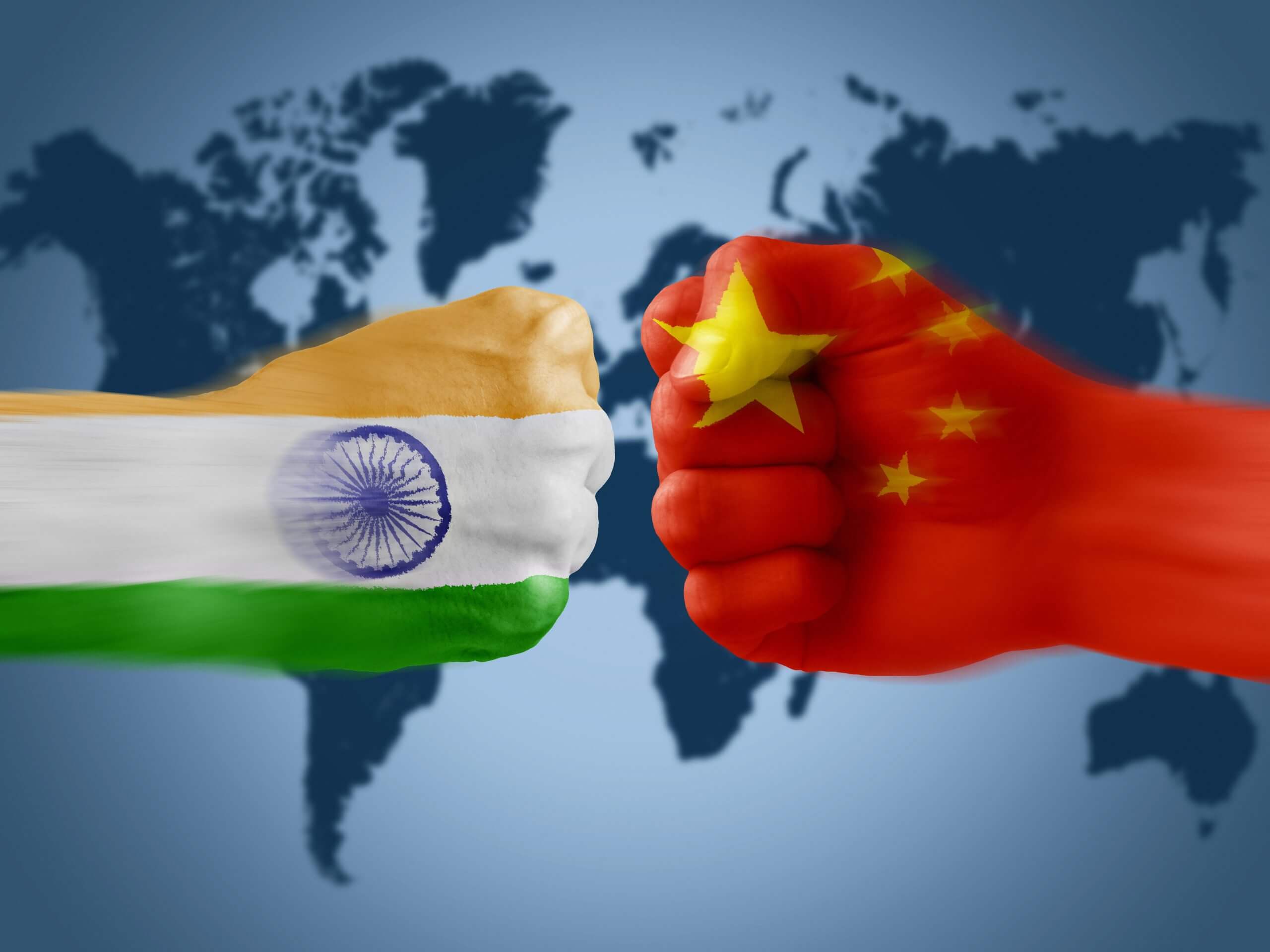
Disengage, De-Escalate but Prepare for the Next
Mon, 15 Feb 2021 | Reading Time: 5 minutes

Disengagement between the Indian Army and the PLA in Ladakh was expected but it came earlier than what may have been anticipated. After nine rounds of military led talks and commencement of an immediate pull back of heavier elements a resolution of issues between the two countries still remains unlikely; a LoC situation at the LAC is likely to exist for the foreseeable future considering the severe trust deficit. The last ten months have educated the Indian public a great deal due to which there is little expectation of any resolution in the air. China and its PLA have lost much credibility and trust and are not expected to pursue any serious path towards peaceful co-existence with India. However, India may be ruing its wasted years in which it focused on the wrong flank while the main developed from the north. The interesting developments in Ladakh will need to be studied for long to give us more answers to the dragon’s intent and future strategy, something which yet remains nebulous in our minds. However, there are a few issues to examine at the outset for a series of such analyses, looking into the near term. We could begin with the following:-
- The characteristics of the strategic environment which will dictate the future course of Sino-Indian relations?
- China’s likely strategic attitude towards India?
- India’s preparation to deal with China in the immediate future?
These are generically addressed in this essay.
It is being broadly assessed today that China views the coming of the Biden Administration quite positively and wishes to remain better engaged with the US even as the post pandemic world order evolves. It probably feels that there is need to convey positive strategic messaging to the rest of the world to detract from the extremely negative image emerging from the linkage of the coronavirus with Wuhan’s wet markets and allegations of China’s involvement with deliberate virus spread. There is no necessity for it to pursue standoffs, especially where objectives are extremely limited. Disengagement would reduce risk of accidental sparking of border friction which could easily lead to much more in the tense environment such as the one existing with India. The Indian mobilization of 50,000 troops to the Ladakh border communicated a sense of seriousness with which the standoff was viewed by the Indian political leadership. Politically it was a test for India’s leadership and it handled it adroitly judging all along that China had overstepped and bitten more than it could chew. What perhaps was not expected was the manner in which the politico-diplomatic handling was done by India leading to greater Indo-US security chemistry and first serious considerations towards actualization of the Quad. China does not wish to see that chemistry become any more transformational; it will progressively realize how badly it miscalculated the Indo-US chemistry and the speed with which India’s northern borders started to get linked with larger Indo-Pacific security. The Biden Administration may not have displayed any out of the way chemistry with India but neither has it shown negativity. The Indo-US relationship is set to evolve from a much higher take off point than ever before.
No doubt the post pandemic environment will have much to do with economic recovery and China will wish to be viewed as the enabler rather than the destroyer of the world economy. It has no doubts that the US has the ability to simultaneously remain focused on the twin tracks of economy and security. The outcome of that will mean no leeway from the Biden Administration in both domains. China will therefore conclude the necessity of remaining aggressive in all the areas that it chose to do so during the pandemic, without pushing beyond limits or sparking something it cannot control. Taiwan, Hong Kong and South China Sea are all in the domain of the Pacific with direct US and western interests. While Biden may wish to be seen to be more aggressive to detract from any allegations of going soft, China will probably realize it too and keep its push back within limits. It’s the Indian Ocean region which offers ample opportunity to project strength and influence and that too quite overtly. Sri Lanka and Myanmar are two such areas where the experimentation is already on. There is also the age old Chinese belief that giving India leeway in the maritime zone would be an invitation to disaster. India’s maritime warriors are jostling for greater resources to strengthen the Andaman wall and the Indian Navy’s own capability of contribution towards the Quad’s maritime efforts while a new Indian Maritime Command also comes into being. China will continue to follow the strategy of engaging the northern borders in controlled standoffs to create a major dilemma for Indian policy makers in the distribution of resources between the continental and the maritime domains. A strategy projecting temporary pullback from friction and triggering the same after a decided interval could well be the norm. Each time this happens it may give enhanced indications of possible resort to conventional war, forcing Indian overkill deployment and raising the spectre of a dual front war. The bottom line for China is that India’s potential maritime capability development has to be halted if China wishes to remain on top of things.
There is no doubt that Ladakh has emerged as one of the major areas of advantage for China due to proximity to the CPEC. In all other areas along the northern borders the strategic advantage of physical capture of territory which accrues to it is limited on the larger strategic matrix. Judging by the recent revelations of its perceptions of Indian strategic thought China would ideally aim to keep India engaged in small wars and engagements. The specific domain of Indian strategic thinking that this could address is the assessed Indian ambition of rising to the level of a world power from the regional power that it already is; China apparently acknowledges the latter.
China recognizes India’s strength of democracy but equally its weakness in terms of diversity and rancorous politics. It has used proxies in the past to weaken India and create internal turbulence but to a limited extent. It is therefore fully aware of this domain of hybrid conflict and how effectively it can be used against a nation as diverse in ethnic, regional and religious content as India. Through the Ladakh standoff we have not seen any major Chinese effort towards this due to the pandemic and the lockdowns but the rising potential of internal turbulence is something China could be looking at. This is something to expect and steel ourselves against sooner than later; grey zone warfare adapted to the need could always be a weapon of the future in conjunction with border standoffs in different parts of the Himalayan border.
So, what must India attempt to do? A basic re-examination of options and priorities in National Security is almost mandatory. A lot has happened on this front ever since the current government has come to power. This is the time to step back and examine the contours of what we attempted and the direction we are taking; mid-course changes are necessary to re-prioritize. There are the external, internal, economic, psychological and military domains, all there to examine in detail. Our control over the external is extremely limited but to remain netted in strategic partnerships is a must. Indo-US relationship must only go forward and the Quad should achieve early consensus and operationalization. Engagement with China on all fronts may continue in ‘business as usual’ mode. Many will question this aspect of my recommended strategy. The truth is the oft repeated adage – ‘no permanent friends and no permanent enemies; relations between nations revolve around interests’. What will change and what will not in the next twenty years, can hardly be predicted. Therefore India must not box itself in by decisions that limit its options. We must continue to exercise full strategic autonomy based upon our identified interests and diversify our partnerships. The military has to be modernized through the route of self-reliance and India’s economy has to rise to higher levels of growth. Yet, the most important aspect of India’s assured handling of Chinese threats lies in the domain of national unity. The combination of an upgraded military, strengthening of cyber security and space capability, a more resilient economy, assured strategic partnerships, internal stability based upon mature politics and political unity, better relations with immediate neighbors and a continuous study of China by a combination of academics, strategists, military think tanks and psychologists, will ensure that not only dissuasion against China is maintained but our options are always multiple. The next time a standoff is triggered at the Himalayan borders, India must possess the capability of quid pro quo far away in the maritime zone.
Disclaimer
The opinions expressed in this article are the author’s own and do not reflect the views of Chanakya Forum. All information provided in this article including timeliness, completeness, accuracy, suitability or validity of information referenced therein, is the sole responsibility of the author. www.chanakyaforum.com does not assume any responsibility for the same.
Chanakya Forum is now on . Click here to join our channel (@ChanakyaForum) and stay updated with the latest headlines and articles.
Important
We work round the clock to bring you the finest articles and updates from around the world. There is a team that works tirelessly to ensure that you have a seamless reading experience. But all this costs money. Please support us so that we keep doing what we do best. Happy Reading
Support Us






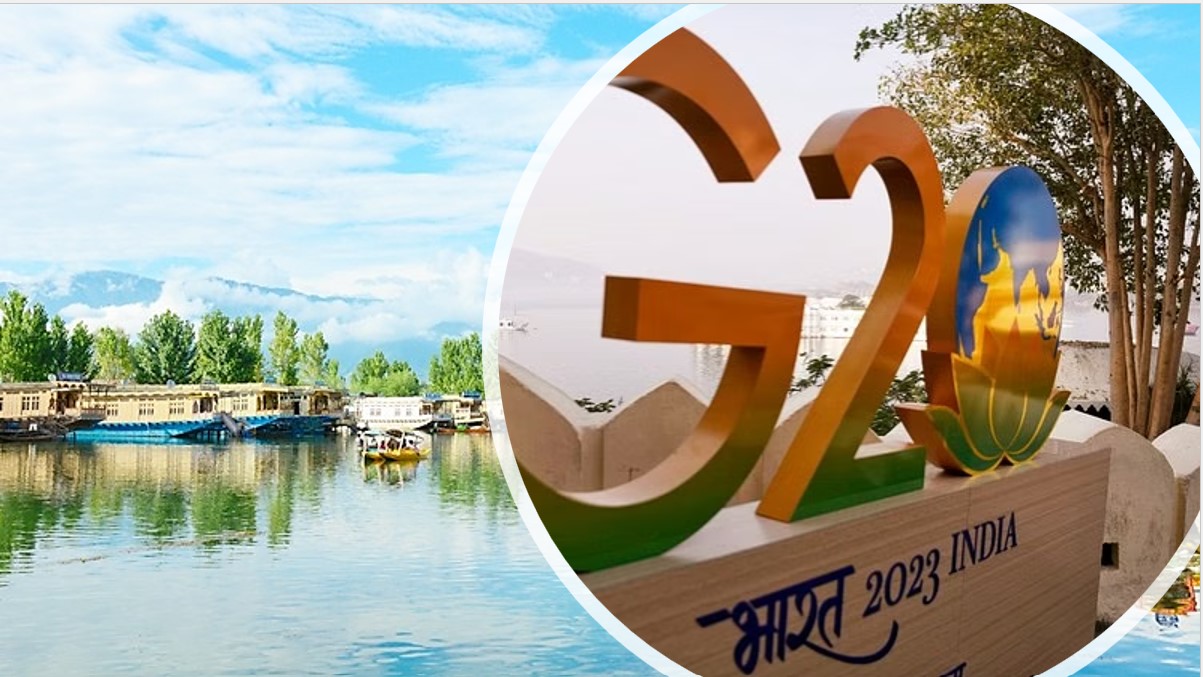


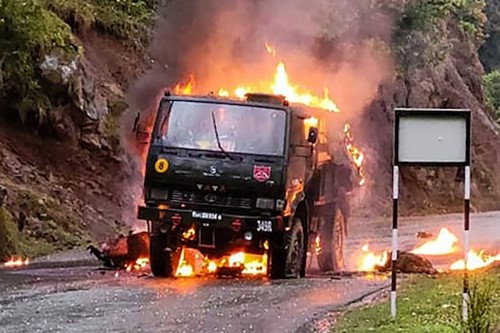

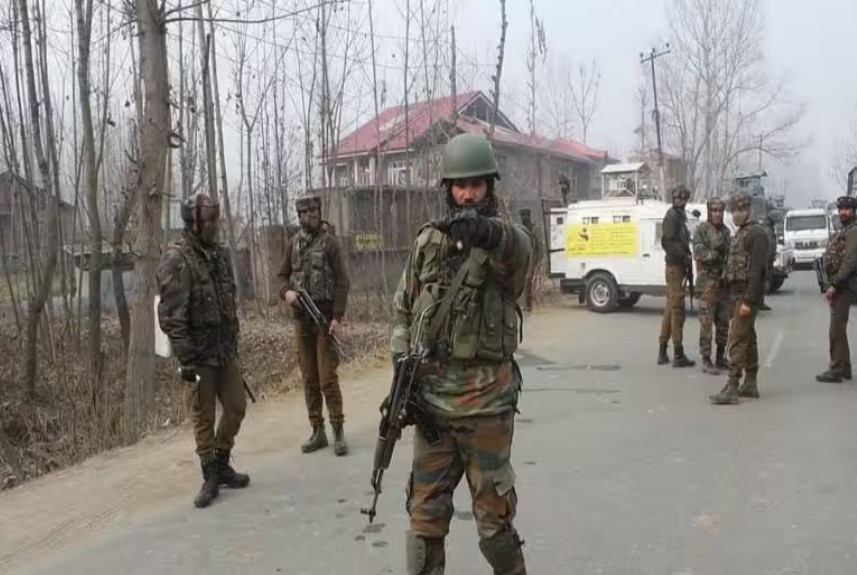
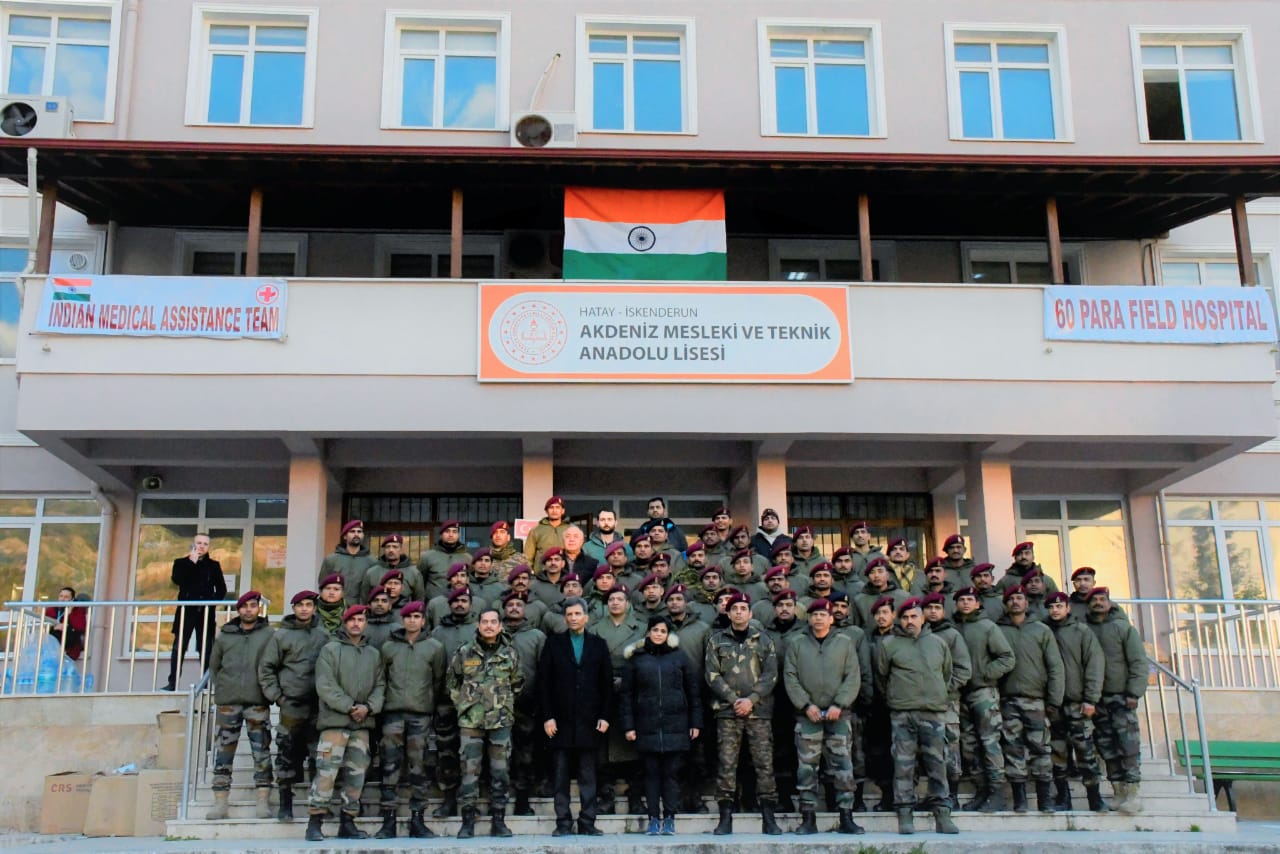







POST COMMENTS (16)
Ashok Sinha
DILIPSEN TAMHANE
Maj Gen Pran Koul
Maj Gen Pran Koul
BN Sharma
Amit Shukla
Raj Jagga
Somanna Kuri
Brigadier R Vinayak, VSM
VK
RCP
acitizenwrites
Anirrbun Banerjee
Avinash
Hemraj Parmar
Prof. Bhanu Gupta